Tokamak Energy has announced a more efficient design for the cryogenic electronics in fusion reactors. This provides a 50% reduction in the power needed for the cooling of high-temperature superconducting magnets.


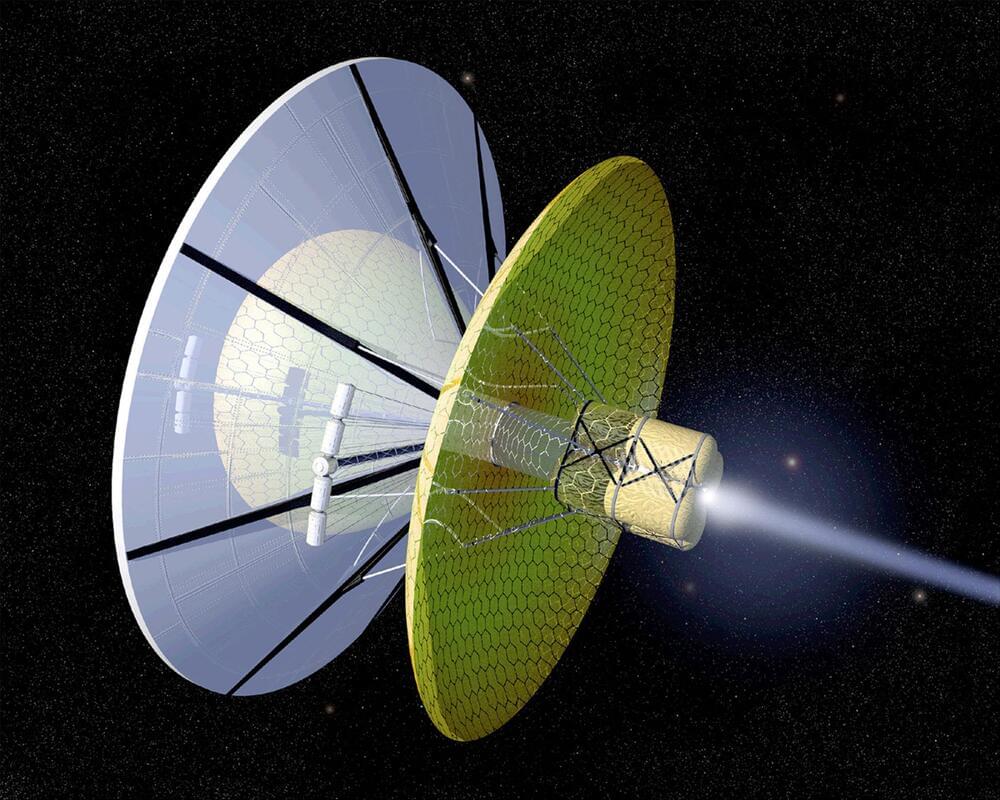
In science fiction stories about contact with extraterrestrial civilisations, there is a problem: What kind of propulsion system could make it possible to bridge the enormous distances between the stars? It cannot be done with ordinary rockets like those used to travel to the moon or Mars. Many more or less speculative ideas about this have been put forward—one of them is the “Bussard collector” or “Ramjet propulsion”. It involves capturing protons in interstellar space and then using them for a nuclear fusion reactor.
Peter Schattschneider, physicist and science fiction author, has now analyzed this concept in more detail together with his colleague Albert Jackson from the USA. The result is unfortunately disappointing for fans of interstellar travel: it cannot work the way Robert Bussard, the inventor of this propulsion system, thought it up in 1960. The analysis has now been published in the scientific journal Acta Astronautica.
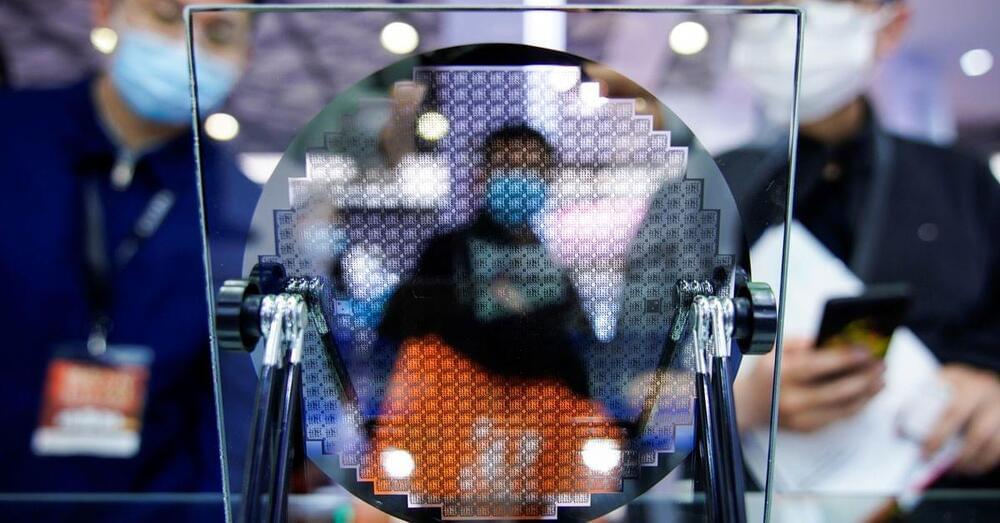
HONG KONG, Dec 17 (Reuters Breakingviews) — After conquering semiconductors, Taiwan Semiconductor Manufacturing, the world’s biggest chipmaker has a new challenge: kickstarting Taiwan’s stalled green transition. Bureaucracy and red tape have marred the island’s renewable-energy goals. The company’s (2330.TW) voracious appetite for cleaner power will offer a much-needed spark.
Referendums on whether to restart a nuclear power plant and whether to change the location of a planned $2 billion liquid fossil gas terminal highlight how politically contentious the island’s energy issues are. President Tsai Ing-wen has pledged to phase out nuclear power and is hoping gas-fired plants will supply half of the $600 billion economy’s electricity needs by 2025. At the same time, she has promised to increase the share of renewable sources to 20%, from 5.4% in 2020.
On paper that’s doable, but in practice it looks increasingly out of reach. Covid-19 disruptions held up wind and solar projects, but lengthy and complex approval processes are also to blame. Offshore wind developers, for instance, must obtain consent letters from at least eight different authorities as well as approval from the environmental watchdog even to be eligible to bid for projects. Those that make it to the second round must also detail how they can meet local procurement requirements, often onerous criteria given how new the industry is in Taiwan. According to one 2021 estimate, unfinished wind and solar projects totalled $83 billion, among the highest in Asia.
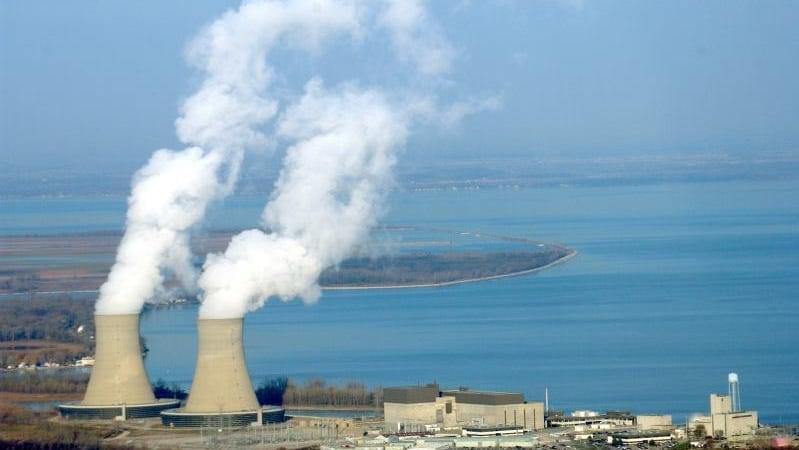
DTE Energy’s Fermi 2 nuclear power plant in Newport is gradually reducing its power level in anticipation of its next refueling outage.
DTE Nuclear Communications Supervisor Stephen Tait said in a statement to the Monroe News that operators “will allow our plant to slowly and safely reduce in power level, an action called a ‘coast down,’ until the start of the refueling outage, which is scheduled for February 2022.”
Fermi 2, which is nearing the end of its 21st operating cycle, operated at 93 percent power Thursday.

We have so many types of green energy available to us, so why the hell do we still rely on fossil fuels when tidal plants like this do the same job without any emissions? Swansea Bay Lagoon has a breakwater approximate lifecycle of at least 120 years, meaning it will last twice as long as a nuclear facility and 5X longer than offshore wind turbines. It’s a no-brainer 🧠 This is how you fight climate change!
📹 Preconstruct via Vimeo / TidalLagoonSwanseaBay / ℹ️ Good News Network.
A UK company with lofty aspirations around sustainable space travel has test-fired a rocket engine powered in part by plastic waste. Pulsar Fusion’s hybrid rocket engine is part of an ambitious journey that also involves the development of nuclear fusion technology for high-speed propulsion, which could cut travel times to Mars in half.
The idea of incorporating recycled plastic waste into hybrid rocket fuels is something we have seen explored before. Virgin Galactic flirted with the idea back in 2014 through the use of a rocket powered by a fuel based on a class of thermoset plastics, though this was swiftly abandoned after a failed test flight. Scottish company Skyrora is another outfit working on such a technology, having successfully tested out its Ecosene fuel made from converted plastic waste.
More Stories
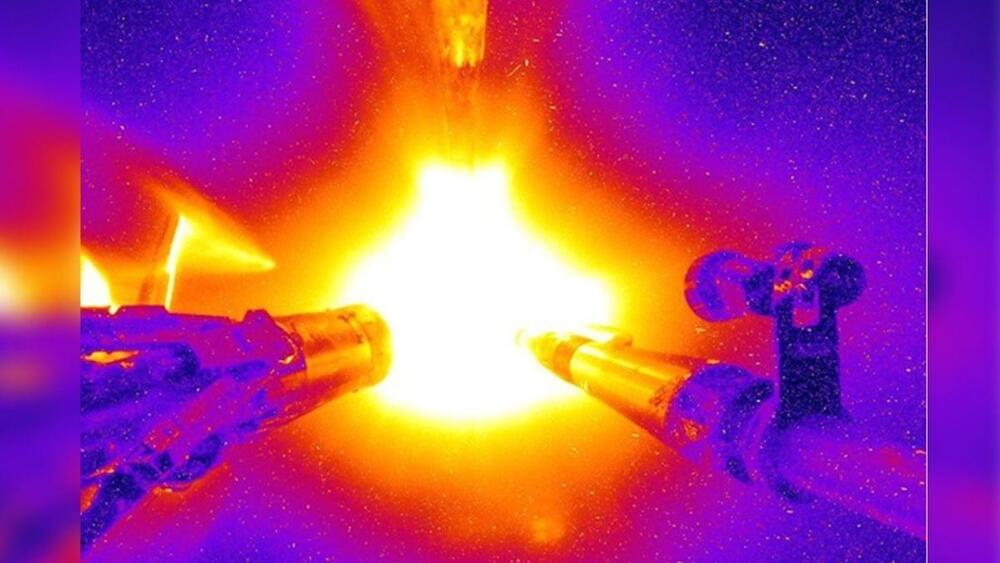
If someone told you that the world’s biggest laser was in California that has something to do with space and national defence, you might imagine it was a super-weapon designed to blast enemy satellites out of the sky. But the reality is quite different. The new laser is a unique research tool for scientists, capable of creating the extreme conditions that exist inside stars and nuclear explosions.
The giant laser is located at the Lawrence Livermore National Laboratory (LLNL) in Livermore, California, and it goes by the rather cryptic name of the National Ignition Facility (NIF). That’s because, in the context of nuclear science, “ignition” has a very specific meaning according to the Lawrence Livermore National Laboratory. It refers to the point at which a fusion reaction becomes self-sustaining – a condition that is found inside the sun and other stars, but is extremely difficult to achieve in an earthbound laboratory. Triggering nuclear fusion requires enormously high temperatures and pressures, and that’s where NIF’s giant laser comes in.
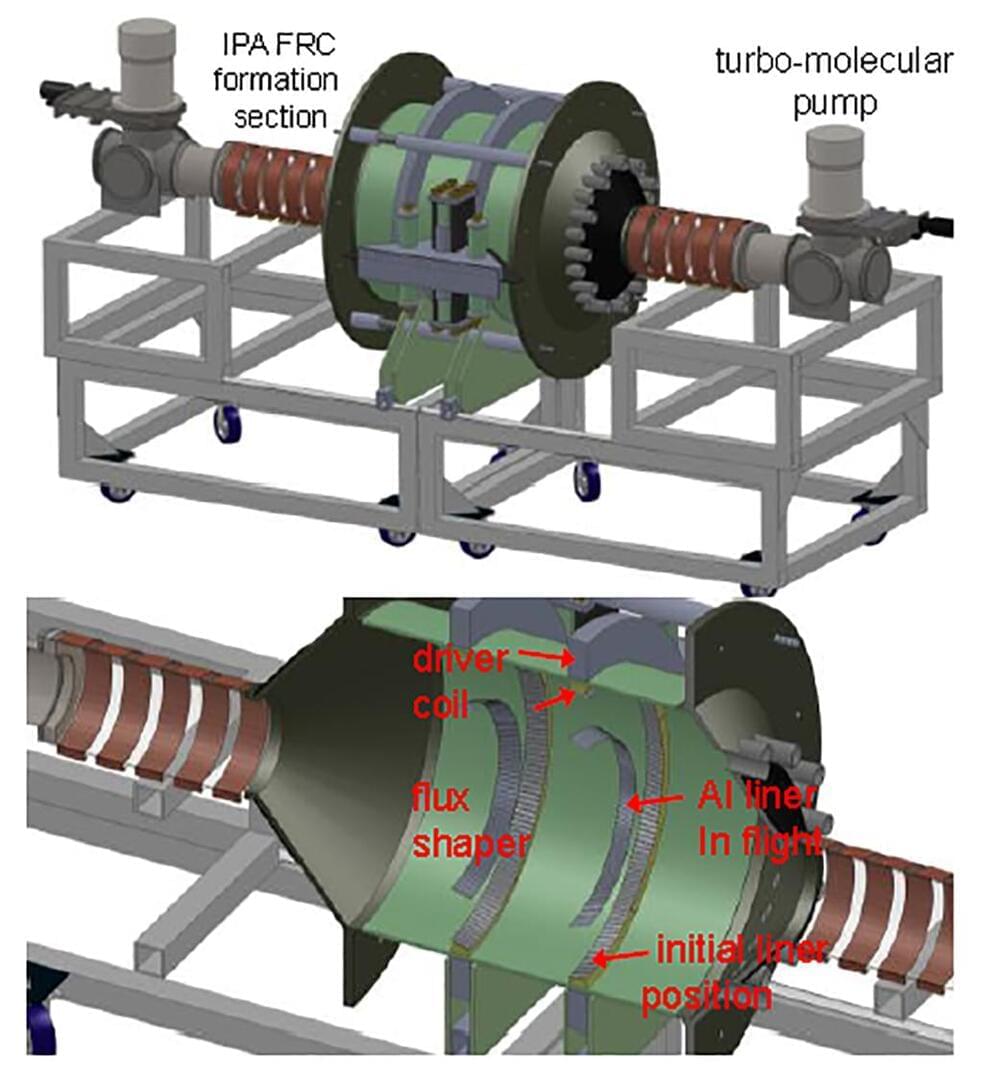
This is the same type of double double DOUBLE down on hyperbolic and aggressive anti expert BS that has pushed a not insignificant portion of the population of the US to throw a violent tantrum against covid19 vaccines and wearing a piece of cloth on their face to keep from DYING. Similarly, ultra environmentalists on the far left have ceased to try to protect the environment FOR future generations. Now they want to protect the environment FROM future generations. They’ve become ANTIHUMAN, often to a disturbingly horrific — if hilariously stupid — extent. LITERALLY. Unless you think we shouldn’t build anything on the sterile, irradiated and dead surface of the moon by polluting it — or any other moon, asteroid, or planet by stepping on it’s surface with our filthy monkey feet. Or throwing trash into the SUN because we’d be…
👉😏🙄POLLUTING IT!🙄🤪👈
There is a reason why experts are experts. It isn’t because they want to eat children on pizza with Hillary Clinton with space lizards, nor because they want an irradiated earth beneath their feet. Nuclear power is clean, cheap, and safe. Until fusion gets here, and with electric vehicles quickly becoming the dominant mode of transportation every minute that ticks by, nuclear power isn’t just preferential, its absolutely REQUIRED if we want to get a handle on global warming while simultaneously maintain or improve the standard and quality of life we are accustomed to, and that developing nations will, already are, and SHOULD be seeking for themselves too. Building nuclear power into the foundation of a developing nations energy generation and distribution infrastructure from day one will PREVENT all the massive amount of damage that will inevitably exponentially accelerate global warming and pollution, lowering the quality of life in that nation which will in turn prompt even GREATER use of fossil fuels to mitigate temporarily. Heat caused by fossil fuel powered global warming is dealt with symptomatically by turning up the air-conditioning. Dangerous spikes in particulates and pollution in the air is symptomatically dealt with by using high energy consuming industrial or home air filtration systems, etc. If all that energy comes from coal or other fossil fuels, that lovely tesla you’ve got plugged in to charge in your garage overnight is doing just as much damage to the environment as that douchebag down the street with his fire eagle painted hummer filling up on gasoline before he goes to a kid Rock show that he’s actually LOOKING FORWARD TO!
《☆This isn’t breaking news exactly, but still relevant. I apologize in advance for its, uh, occasional rantishness and length! 😉☆》
Helen Caldicott is the world’s most prominent anti-nuclear activist. Helen has been featured on CNN, 60 Minutes, CBC and Democracy Now speaking about the dangers of nuclear power and radiation.
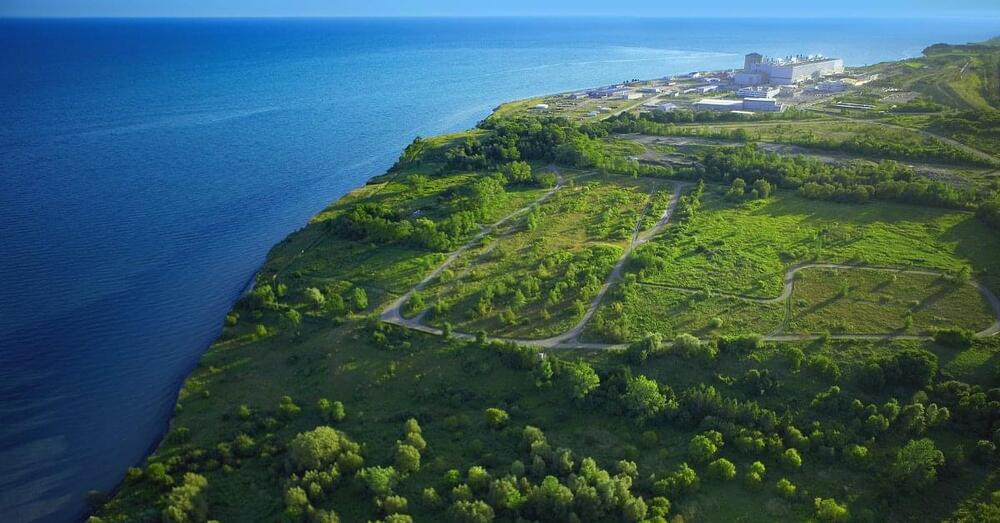
Canada’s first commercial Small Modular Reactor (SMR)
Ontario Power Generation (OPG) has selected the BWRX-300 small modular reactor (SMR) for the Darlington new nuclear site, and will work with GE Hitachi Nuclear Energy (GEH) to deploy the reactor. Canada’s first commercial, grid-scale, SMR could be completed as early as 2028.
OPG and GEH will collaborate on SMR engineering, design, planning, preparing licensing and permitting materials, and site preparation activities. Site preparation will begin in the spring of 2022, pending appropriate approvals, OPG said. It aims to apply to the Canadian Nuclear Safety Commission (CNSC) for a construction licence by the end of next year.
Darlington is the only site in Canada currently licensed for new nuclear: OPG was granted a site preparation licence by the CNSC in 2012, after completion of an environmental assessment which included public involvement, but reductions in forecast electricity demand led to a decision to defer plans for new build. OPG last year announced it was resuming planning activities for additional nuclear power generation via an SMR at the site, rather than a large conventional reactor, as previously envisaged. The CNSC recently granted a 10-year renewal to the site preparation licence, which had been due to expire in August 2022.